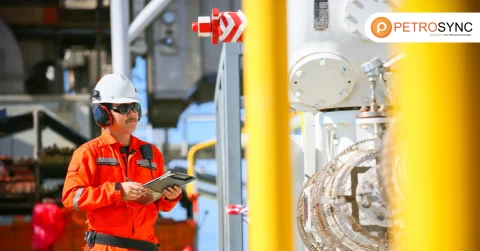
Understanding API 653: A Comprehensive Guide
In the oil and gas industry, ensuring the safety and integrity of aboveground storage tanks (ASTs) is a critical aspect of maintaining operational efficiency and preventing environmental hazards. The API 653 standard, developed by the American Petroleum Institute (API), provides a structured framework for the inspection, repair, alteration, and reconstruction of these storage tanks. This article delves into the importance of API 653, its certification process, and the resources available for preparation.
#### What Is API 653?
API 653 is a regulatory standard that outlines specific procedures for the maintenance and safety of large ASTs. This standard is widely recognized in the petroleum and chemical sectors and is essential for preventing accidents and environmental harm. It covers various aspects including tank construction standards, inspection techniques, and repair procedures, all designed to ensure the continued operating integrity of these critical assets.
#### Importance of API 653 Certification
Obtaining API 653 certification signifies a professional’s expertise in the inspection, repair, alteration, and reconstruction of ASTs. This certification is highly regarded within the industry and can open up new career opportunities. It demonstrates a deep understanding of the technical aspects of ASTs, including safety protocols, inspection methods, and repair techniques.
#### Key Components of API 653
1. **Inspection Code (API 653)**:
– The API 653 inspection code provides detailed guidelines for intervals and scope of inspections, data evaluation, and corrosion assessment of tank components. It also outlines inspection and testing practices to ensure compliance with safety regulations.
– **Inspection Intervals**: Regular inspections are crucial to detect early signs of damage or corrosion, which can lead to catastrophic failures if neglected.
– **Inspection Methods**: Techniques such as visual inspections, non-destructive testing (NDT), and other methods are outlined in the code.
– **Repair Techniques**: The code specifies procedures for repairing and altering tanks, including replacement of tank bottoms and hot tapping on








